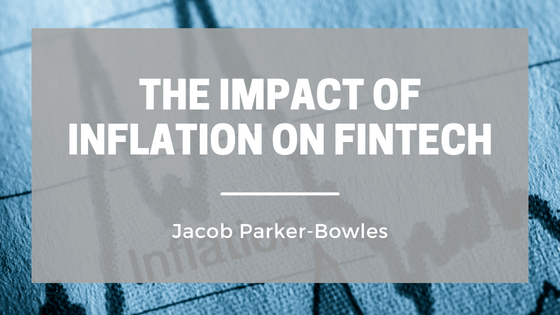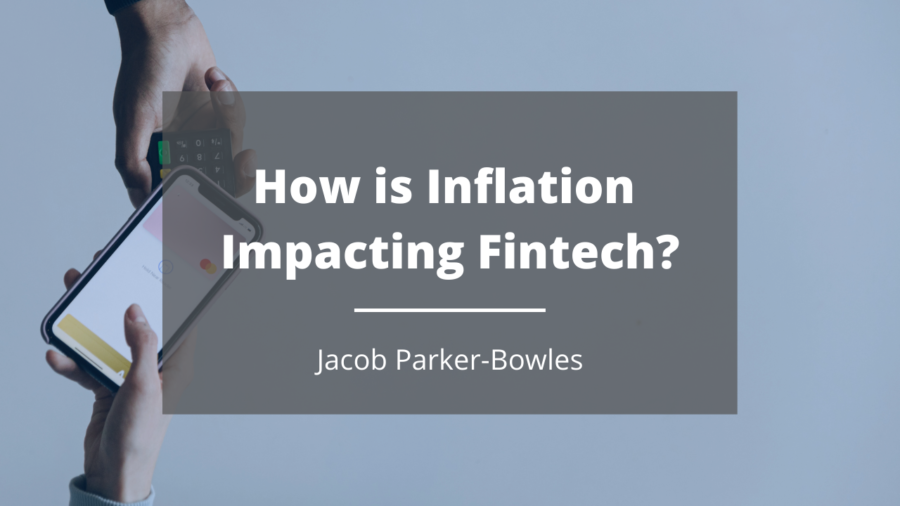While the travel industry has started to recover from the COVID-19 outbreak, new payment trends are beginning to emerge. The increasing convergence of travel and fintech is one of the most interesting developments in the industry in recent years.
The rapid emergence and evolution of new payment methods and technologies make it easier for travel companies to provide their customers with more comprehensive services. These changes are expected to significantly impact how money is handled in the travel industry next year.
New B2B payment options are available through open banking
One of the biggest changes in financial services is the emergence of open banking. This new service allows people to share their banking data with various third-party firms. It also will enable organizations to perform multiple functions, such as initiating transactions, without the need for the account owner to do so.
The emergence of open banking will allow travel sellers to pay out to providers such as airlines using various payment methods. Previously, they could only settle with industry settlement schemes, virtual cards, and cards. With the addition of open banking, the fourth major B2B payment method will be direct bank-to-bank transfers.
Soon, travel sellers will be able to use their PISPs to pay for their transactions using established banking rails. This will make bank-to-bank transfers one of the most common B2B payment methods in the industry.
Fintech services are being offered by travel companies
The biggest change that’s happening in the financial services industry is the ability of travel companies to provide their customers with more comprehensive services. For many years, the use of co-branded airline cards has been a successful driver of loyalty. With the emergence of new embedded banking technologies, the industry can now expand its offerings.
Due to the emergence of new banking technologies, travel companies are now able to expand their offerings by providing their customers with more comprehensive services. For instance, if an airline offers its customers the opportunity to earn points by paying their salary into their current account, then they’ll be able to use its loyalty program to reward them.
Before the emergence of new banking technologies, it was very difficult for travel companies to consider using virtual products and services. However, with the availability of white-label products and services from embedded finance providers, travel companies can now offer their customers more comprehensive services.
Buy now, pay later
Buy now, pay later (BNPL) is a popular payment method that allows retailers to extend a credit line to their customers. Through a quick risk assessment, a merchant can then decide to give their customers a line of credit, which allows them to pay in several installments. It’s a very smooth experience for both the consumers and the bank.
BNPL is the latest version of credit that’s designed for the digital age. It’s ideal for the travel industry as it enables flexible payment methods, which is very important for the many people who travel during the holiday season.
One of the biggest advantages of BNPL is its ability to allow travel merchants to offer their customers the opportunity to make a higher-value purchase. With flexible credit, they can also expand their options by adding additional services.










